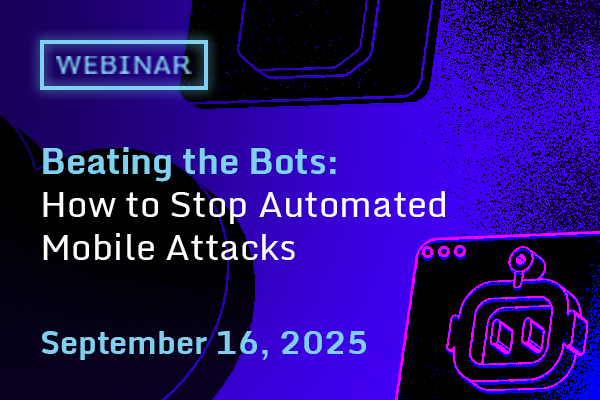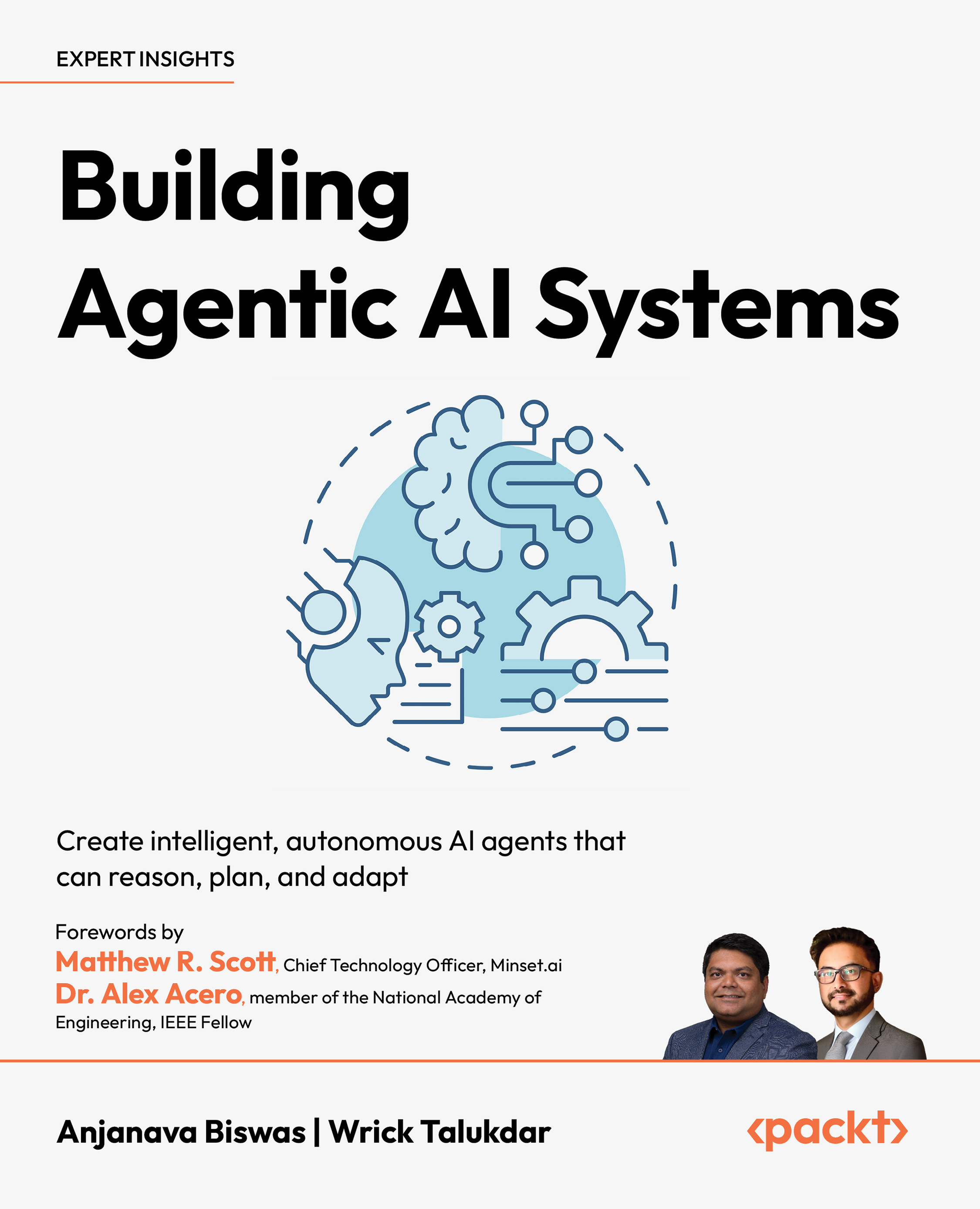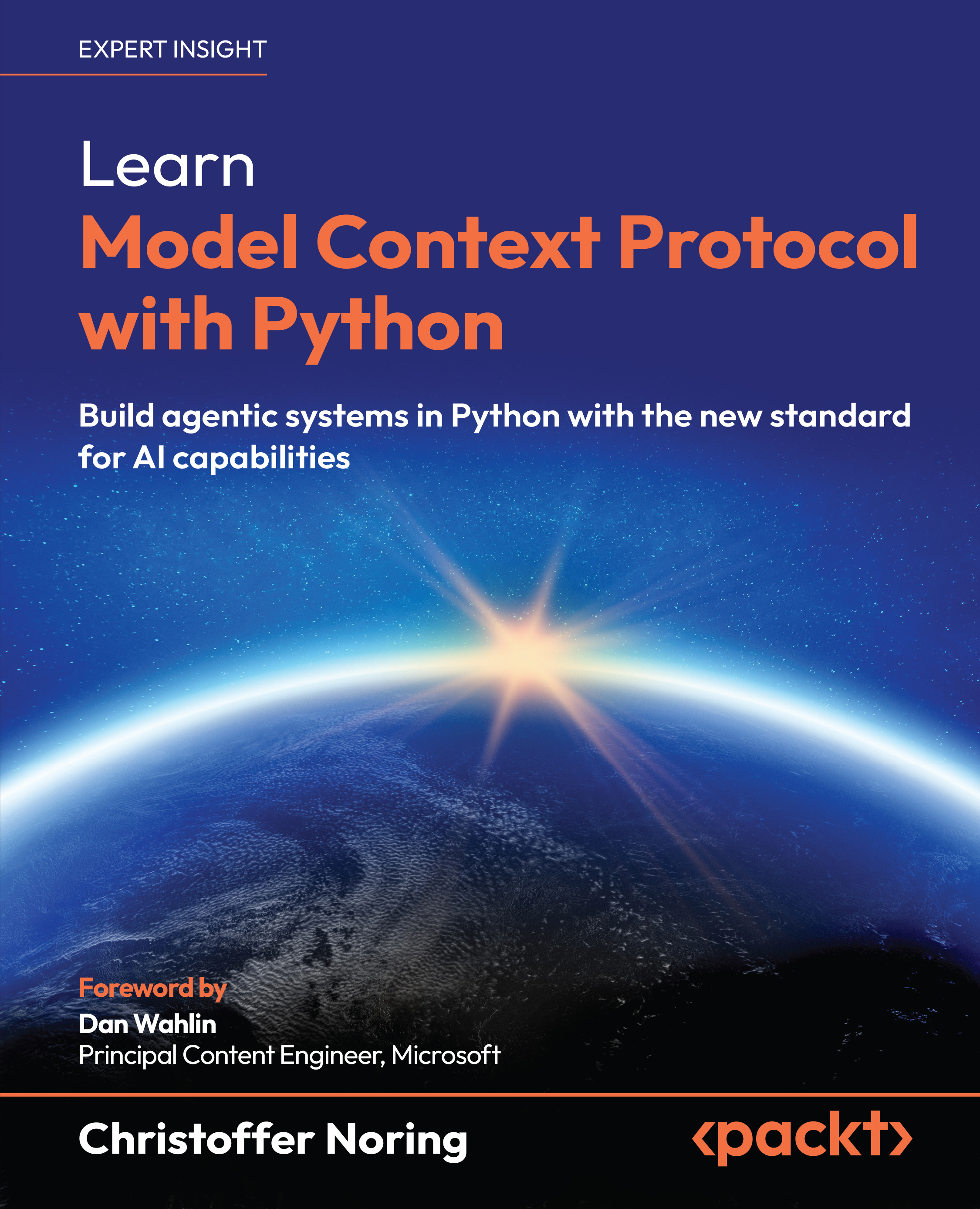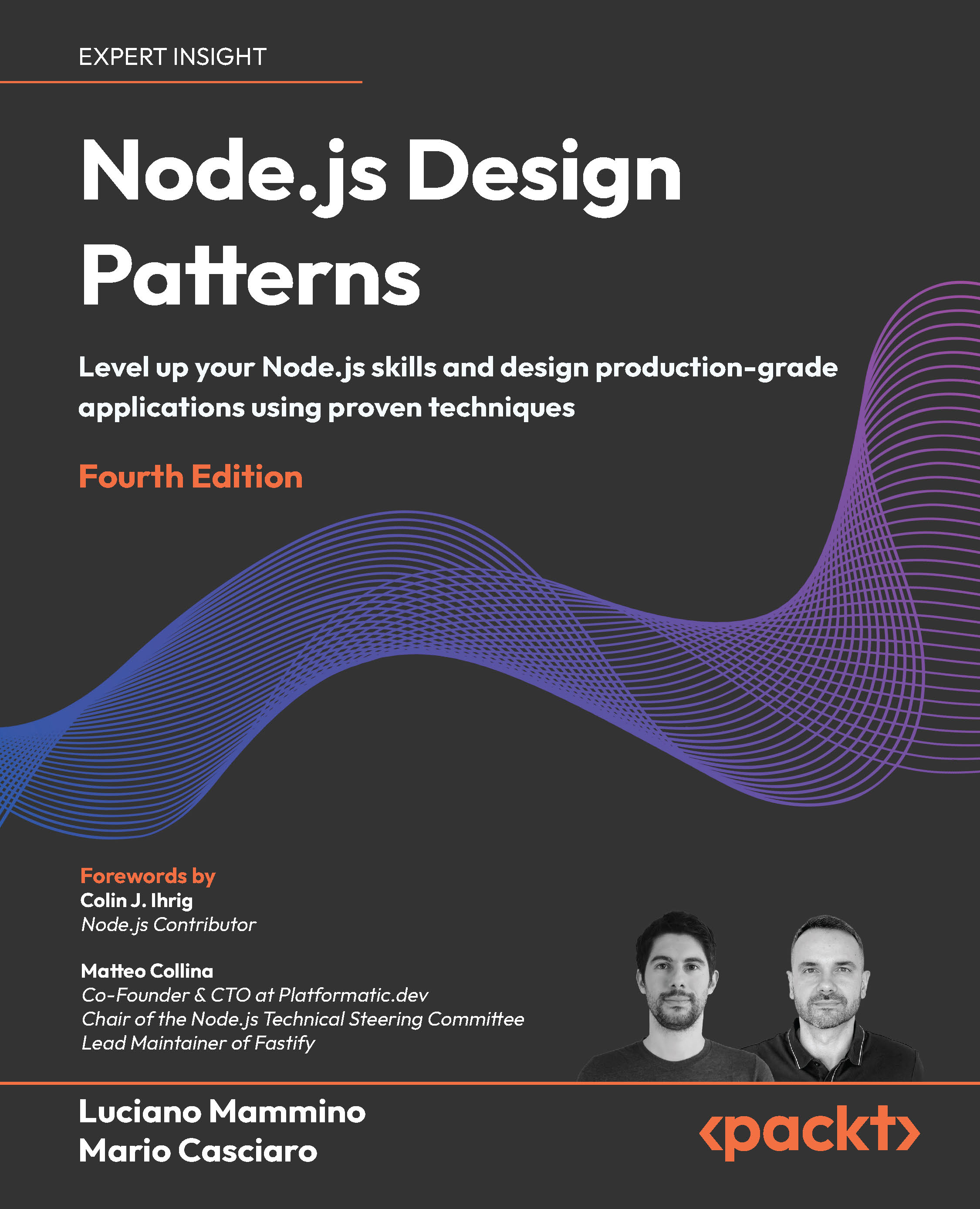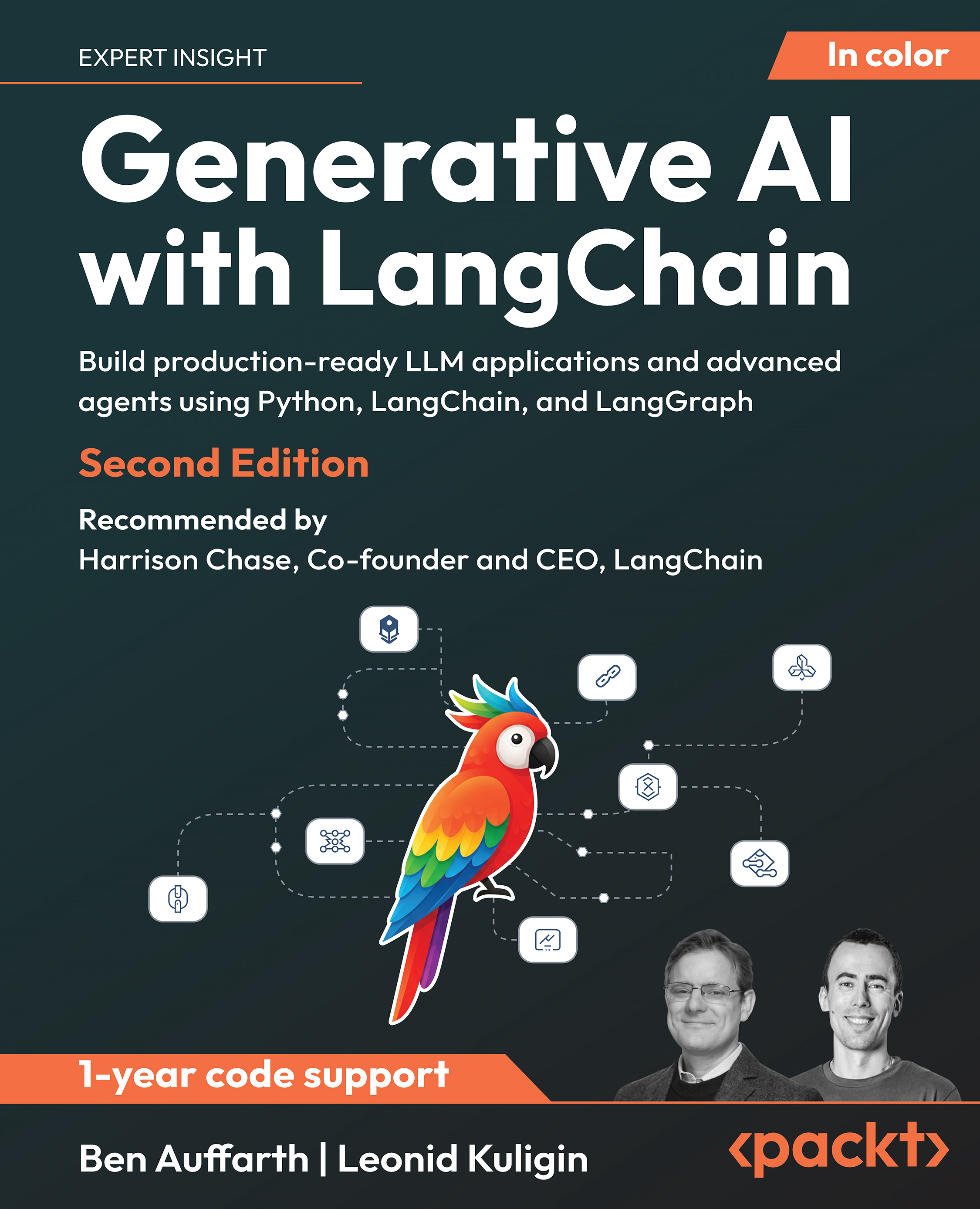Here Comes The AI Worm: Unleashing Zero-click Worms that Target GenAI-Powered Applications: Introduces Morris-II, a self-replicating “AI worm” that exploits RAG/GenAI pipelines by embedding adversarial, self-replicating prompts which cause GenAI apps to both execute malicious payloads and propagate the prompt to other agents. The paper demonstrates feasibility in controlled environments and proposes detection/mitigation (the “Virtual Donkey”) to detect propagation. (Stav Cohen, Ron Bitton, Ben Nassi and collaborators).
Ransomware 3.0: Self-Composing and LLM-Orchestrated: A proof-of-concept study showing how LLMs can autonomously orchestrate full ransomware campaigns: reconnaissance, synthesis of payloads (code), environment-specific adaptation, exfiltration/encryption, and personalized extortion. The work demonstrates the economic feasibility of LLM-driven ransomware and argues for new behavioral/telemetry defenses. (Md Raz, Meet Udeshi, P. V. Sai Charan, Prashanth Krishnamurthy, Farshad Khorrami, Ramesh Karri)
Multimodal Prompt Injection Attacks: Risks and Defenses: Systematic study of prompt-injection threats when inputs are multimodal (text + images + other modalities). Identifies new attack vectors that bypass text-only defenses (for example, embedding malicious instructions in images or mixed content) and evaluates mitigation strategies — useful reading for defenders building multimodal LLM apps
Prompt Injection 2.0: Hybrid AI Threats: Extends prompt-injection analysis to hybrid attacks that combine classical web/vulnerability techniques (XSS, CSRF, etc.) with prompt-injection to escape sandboxing and exfiltrate data. The paper analyzes attack chains, demonstrates proof-of-concepts, and evaluates defensive measures that bridge web security and LLM guardrails.
Revealing a Hidden Class of Task-in-Prompt Adversarial Attacks (PDF): Presents and characterizes Task-in-Prompt (TIP) attacks — adversarial inputs that appear as innocuous tasks but cause LLMs to perform unintended or harmful actions. The paper provides taxonomy, attack generation techniques, responsible disclosure details, and recommended mitigation guidance for model builders and integrators. This paper was presented at ACL and has sparked active discussion in the NLP/AI safety community. (S. Berezin et al.)
A Survey on Model Extraction / Model-Stealing Attacks and Defenses for Large Language Models: A comprehensive survey and taxonomy of model extraction attacks against deployed LLMs (functionality extraction, training-data extraction, prompt-targeted attacks), plus an overview of defensive techniques (rate-limiting, watermarking, API-level defenses). This survey is gaining traction as practitioners scramble to protect proprietary models and user privacy. (K. Zhao et al.)
 United States
United States
 Great Britain
Great Britain
 India
India
 Germany
Germany
 France
France
 Canada
Canada
 Russia
Russia
 Spain
Spain
 Brazil
Brazil
 Australia
Australia
 Singapore
Singapore
 Canary Islands
Canary Islands
 Hungary
Hungary
 Ukraine
Ukraine
 Luxembourg
Luxembourg
 Estonia
Estonia
 Lithuania
Lithuania
 South Korea
South Korea
 Turkey
Turkey
 Switzerland
Switzerland
 Colombia
Colombia
 Taiwan
Taiwan
 Chile
Chile
 Norway
Norway
 Ecuador
Ecuador
 Indonesia
Indonesia
 New Zealand
New Zealand
 Cyprus
Cyprus
 Denmark
Denmark
 Finland
Finland
 Poland
Poland
 Malta
Malta
 Czechia
Czechia
 Austria
Austria
 Sweden
Sweden
 Italy
Italy
 Egypt
Egypt
 Belgium
Belgium
 Portugal
Portugal
 Slovenia
Slovenia
 Ireland
Ireland
 Romania
Romania
 Greece
Greece
 Argentina
Argentina
 Netherlands
Netherlands
 Bulgaria
Bulgaria
 Latvia
Latvia
 South Africa
South Africa
 Malaysia
Malaysia
 Japan
Japan
 Slovakia
Slovakia
 Philippines
Philippines
 Mexico
Mexico
 Thailand
Thailand
